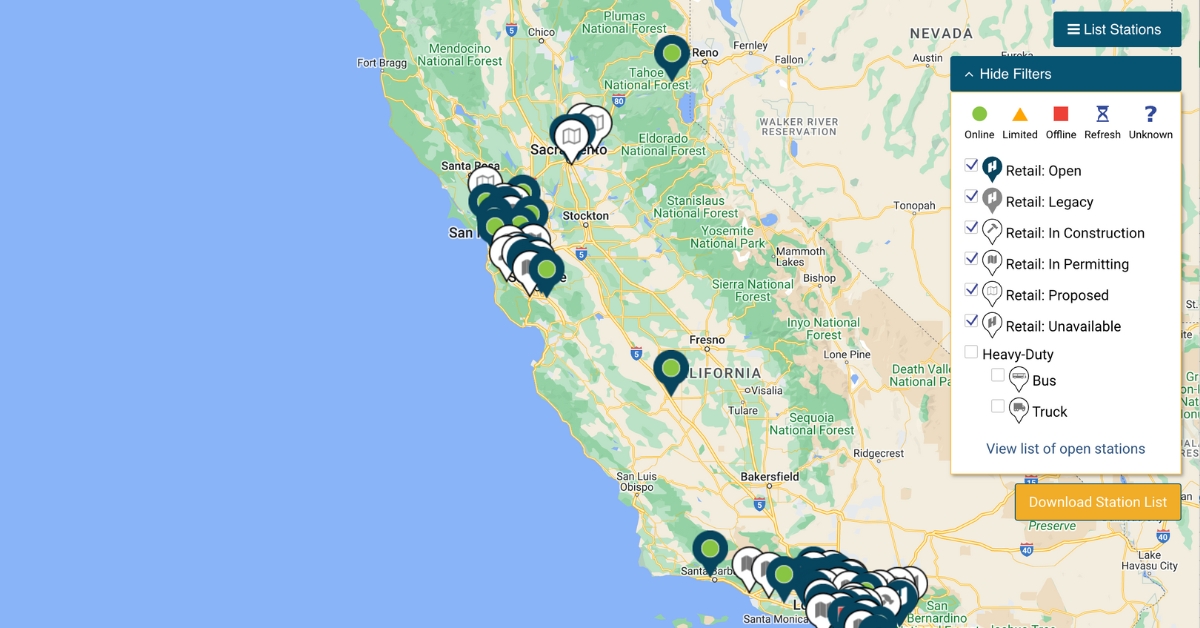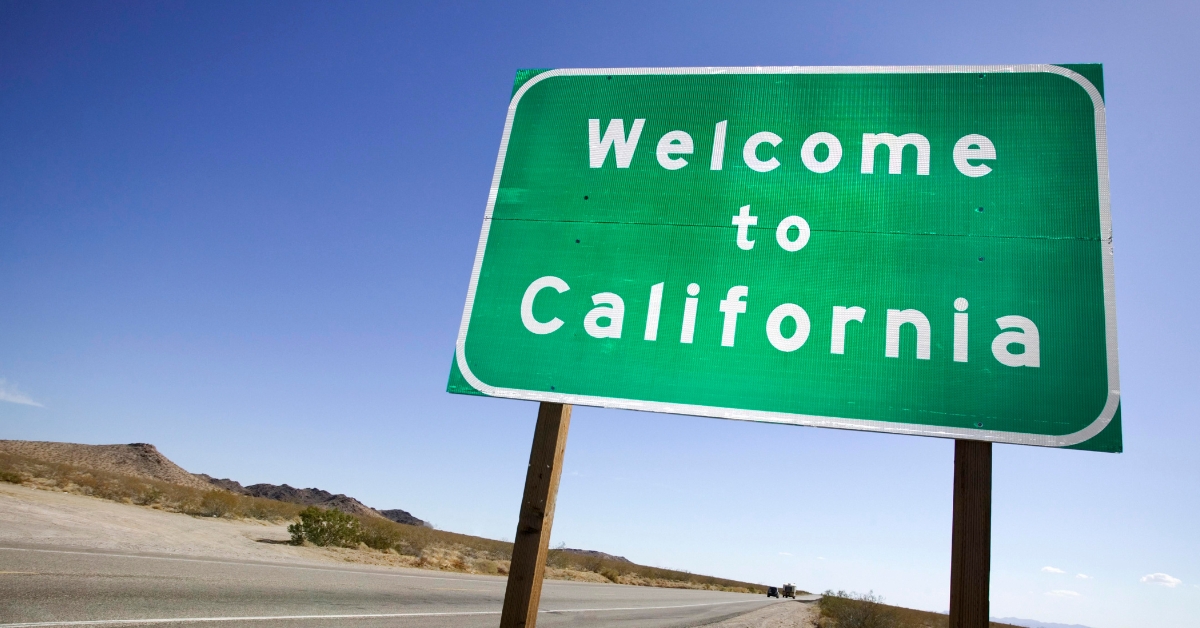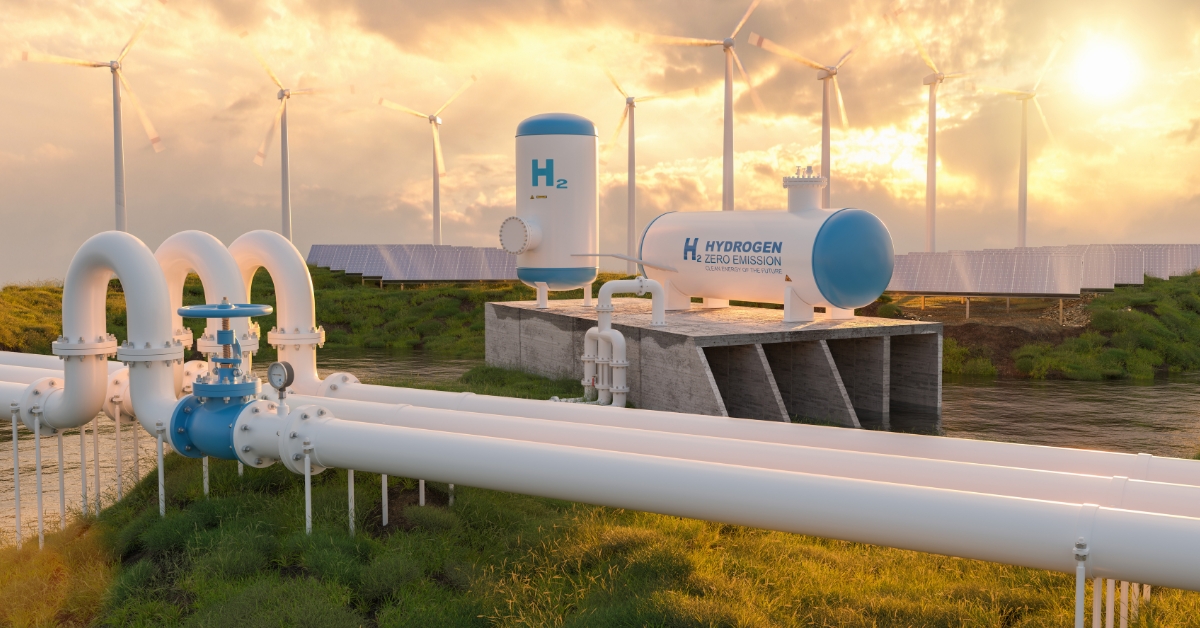With the increasing focus on clean energy alternatives, hydrogen fuel cell vehicles have gained significant traction in recent years. California, known for its commitment to sustainable practices, has embraced hydrogen fueling infrastructure to support the growing number of hydrogen-powered vehicles on its roads. In this comprehensive guide, we will explore the various avenues available to find hydrogen stations across the state, making it easier for hydrogen vehicle owners and enthusiasts to plan their journeys.
- California Fuel Cell Partnership (CaFCP) Website: The California Fuel Cell Partnership website (www.cafcp.org) is an excellent starting point for locating hydrogen stations. CaFCP is a collaborative effort among government agencies, automakers, and industry stakeholders dedicated to expanding the use of hydrogen fuel cell vehicles. Their website offers an interactive map displaying the locations of hydrogen stations in California, along with information about station types, availability, and fueling pressures.
- Mobile Apps: Numerous mobile applications provide real-time information on hydrogen stations in California. These apps, available on both iOS and Android platforms, help users locate the nearest station, check availability, and even provide turn-by-turn directions. Some popular apps include:
- PlugShare: In addition to electric vehicle charging stations, PlugShare also displays hydrogen stations. It offers community-driven feedback, making it a valuable resource for station status updates and user reviews.
- Alternative Fuels Data Center (AFDC): The AFDC app offers a comprehensive database of alternative fuel stations, including hydrogen, across the United States. It provides information on station addresses, contact details, and amenities.
- Hydrogen Stations: This app, developed by the CaFCP, offers real-time information on hydrogen stations in California. It provides essential details such as station status, pricing, and payment methods accepted.
- Automaker Websites: Major automakers invested in hydrogen fuel cell technology often provide information about hydrogen stations on their official websites. Companies like Toyota, Honda, and Hyundai maintain comprehensive databases, allowing users to search for stations by location. These websites frequently offer additional resources, including FAQs, ownership support, and vehicle-specific information.
- Local Utility Providers: California’s utility companies are actively involved in expanding the hydrogen infrastructure. Some utility providers, such as Southern California Gas Company (SoCalGas) and Pacific Gas and Electric (PG&E), operate their own hydrogen stations or partner with others to support the growth of hydrogen fueling. Exploring the websites of utility providers can provide valuable insights into nearby stations and future development plans.
- Collaborative Initiatives: Collaborative initiatives between various organizations are playing a crucial role in the proliferation of hydrogen infrastructure. Initiatives such as the California Hydrogen Business Council (CHBC) and California Energy Commission (CEC) have valuable resources and databases on their websites that outline hydrogen station locations and ongoing projects.
- Social Media and Online Communities: Engaging with social media platforms and online communities can provide real-time updates on hydrogen stations. Following relevant accounts, joining online forums, and participating in discussion groups can help connect with fellow hydrogen vehicle owners who share information about station availability, new openings, and any issues.
Conclusion: Finding hydrogen stations in California has become increasingly convenient due to the state’s commitment to sustainable transportation and the efforts of various organizations. Utilizing resources such as the CaFCP website, mobile apps, automaker websites, utility providers, collaborative initiatives, and online communities can greatly assist hydrogen vehicle owners in locating the nearest stations and planning their journeys with ease. With California’s continued dedication to hydrogen infrastructure, the availability and accessibility of hydrogen stations are likely to grow, further promoting the adoption of clean energy transportation in the state.





